Tomato plants can develop light green leaves on new and old growth if they are overwatered, not getting enough light, are deficient in iron or nitrogen or if they are suffering from sunburn. Plants with light green leaves can be saved with regular water, a complete tomato fertilizer and the right amount of light.
This article will explore the top causes of light green leaves on tomato plants and what to do to fix this problem. Tomato leaves can recover if the problem is identified and addressed early. Read through the list to see what is causing light green leaves on your tomato plants at home.
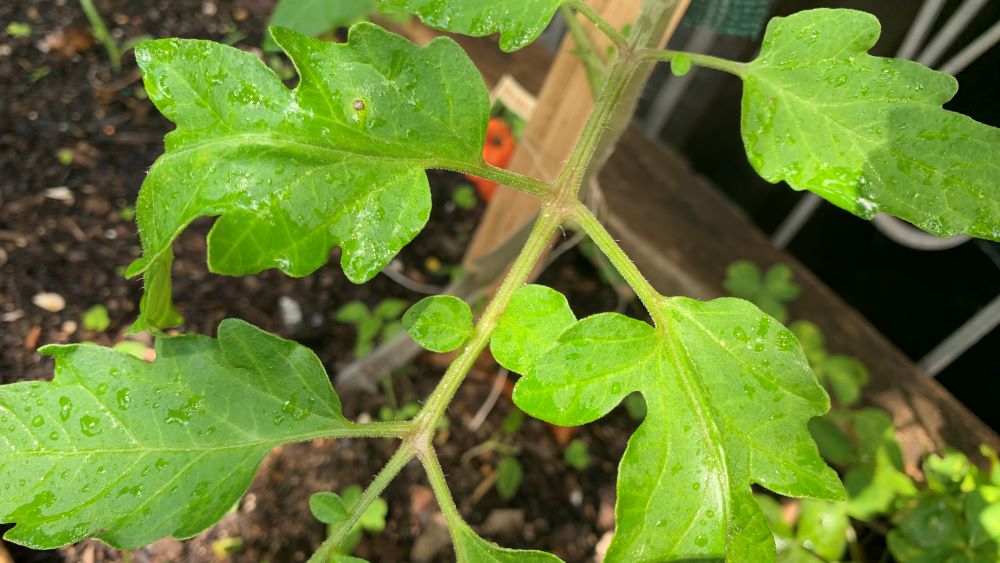
Top causes of light green leaves on tomato plants
Here are the most common causes of light green leaves on tomato plants and how to solve each problem at home.
1. Overwatering
Overwatered tomato plants can develop light green leaves on old and new growth. The extra water can wash the nitrogen out of the soil that the plant needs to develop deep green leaves. Overwatering can also compact the soil, reducing the oxygen levels and damaging the roots.
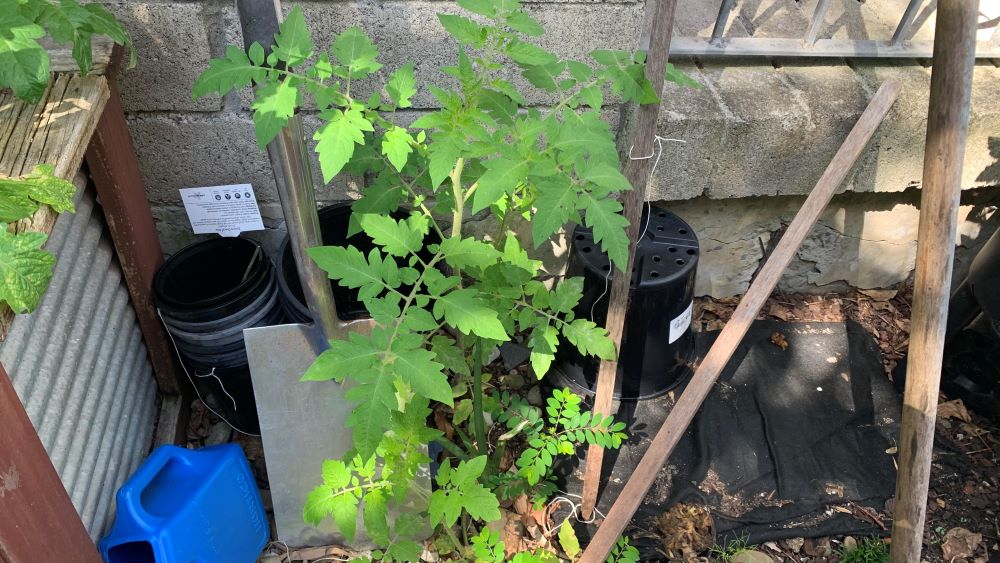
For tomatoes growing in the ground, top dress with 1 inch of compost and cover the compost with 2 inches of a light mulch. Choose straw or sugar cane mulch. Slow down your watering schedule to make sure the soil is moist but not wet.
Sprinkle organic slow release fertilizer like pelleted chicken manure around the base of the plant to slowly replace the nitrogen lost in the soil.
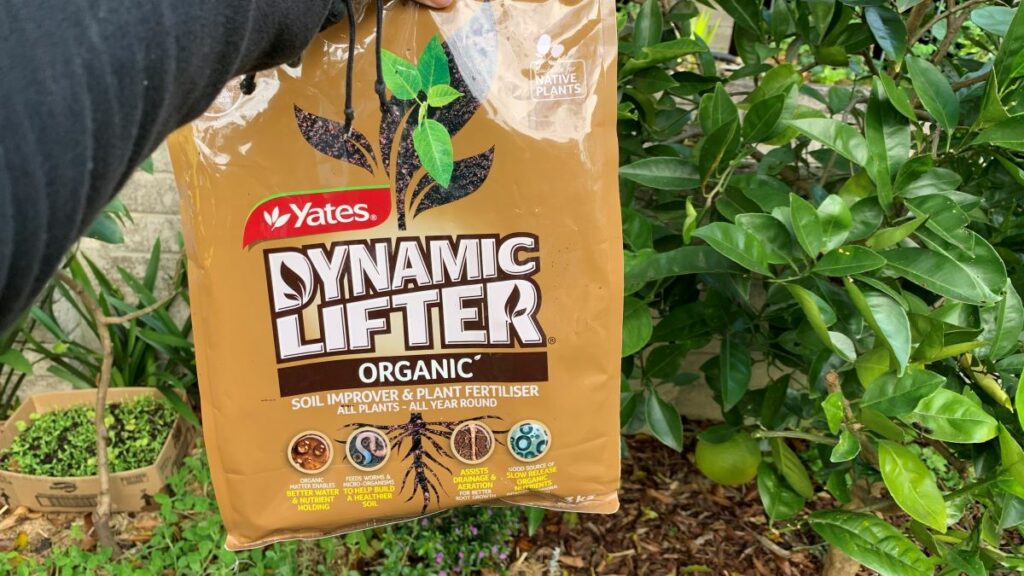
For potted tomato plants it can be best to repot them into fresh soil if the soil is very wet. If the soil smells or is growing mold, then grab some fresh, premium potting soil and repot the tomato. If the soil looks fine, then sprinkle some pelleted chicken manure on the surface and water it in.
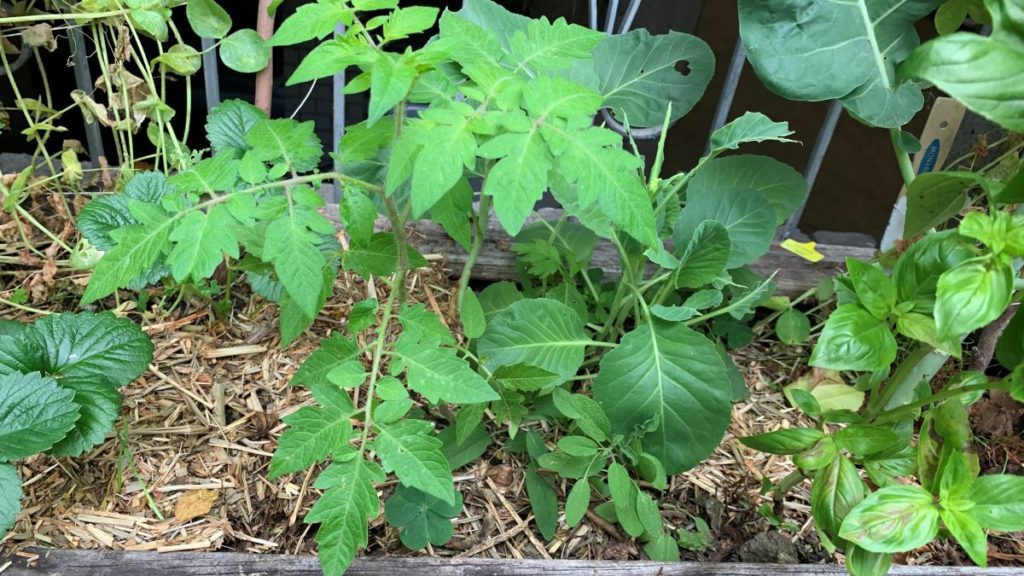
Only water the plant again when the soil starts to dry 1-2 inches below the surface.
2. Not enough light
Another cause of light green leaves on tomato plants is a lack of light. Tomatoes that are grown in too much shade will not develop the deep green leaves of a healthy plant. Tomato leaves need bright light to develop the chlorophyll in their leaves that gives them their green color and allows them to create carbohydrates.
Find a position that gets at least 6 hours of bright light. Morning light is best and if you live in a very hot, dry region, protect the plants from afternoon sun.

3. Iron deficiency
Light green or yellowing leaves with green veins can be caused by iron deficiency. Add iron chelates diluted in water or tomato fertilizer with added iron. This will also address magnesium deficiency which can also cause the leaves to turn pale with darker veins.
Always rotate your crop of tomatoes from one area of your garden to another each season. This will help to avoid this problem into the future. Improve the soil at the start of the season with compost, aged cow manure and pelleted chicken manure. Allow it all to break down before planting new tomatoes.
4. Sunburn
Sunburn can cause tomato leaves to turn pale green and then yellow. Mild sunburn can almost bleach the leaves, turning them lighter. Mild sunburn will lighten the leaves while severe sunburn can turn the leaf yellow and then brown within a day.
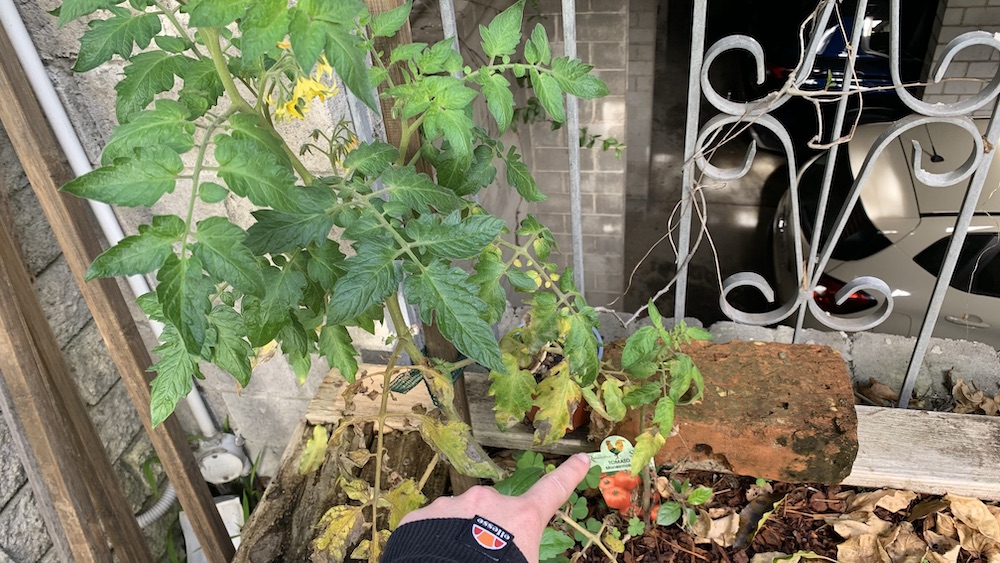
Tomato plants that are getting full, afternoon sun in a hot region can burn quickly. Water tomato plants in the morning to make sure the soil is moist and provide afternoon shade. You can plant them in an area that gets afternoon shade from a nearby tree or use shade-cloth.
Put stakes in the ground around your tomato patch and wrap shade-cloth around the stakes to protect them in the afternoon.
5. Too much fertilizer
Too much fertilizer or a concentration of any one nutrient can cause tomato leaves to turn pale. An excess of any nutrient is bad for tomatoes particularly micronutrients such as iron, magnesium or calcium. While these nutrients are important for good growth too much can damage the plant.
The best way to avoid overfertilizing is to prepare your patch first with organic mild fertilizers like aged manures. I find that aged cow manure works well to improve the soil but you can also add compost and worm castings. These mild fertilizers will be broken down and absorbed slowly by the plant.
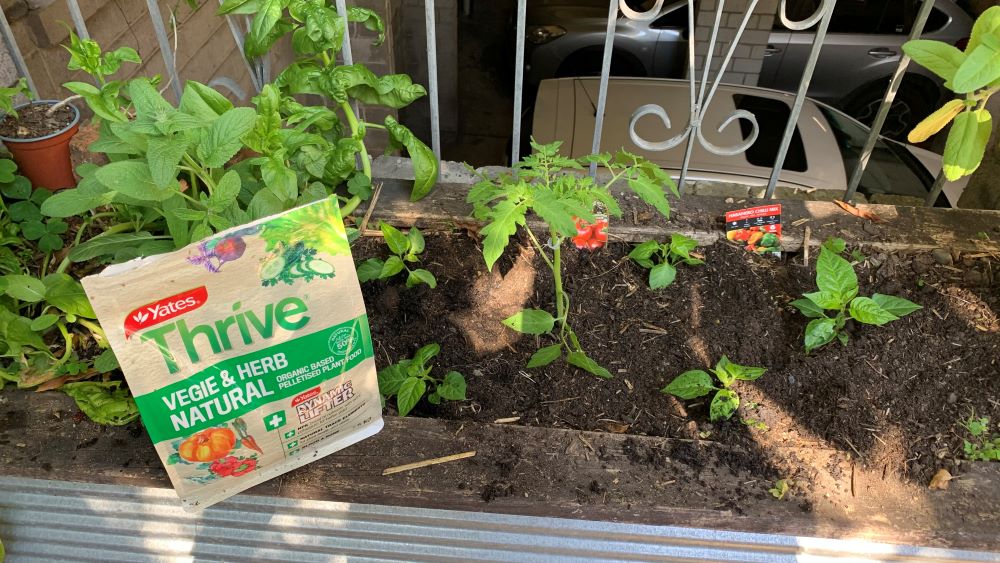
When adding additional fertilizers, always follow the package dosage instructions. Too much of any concentrated fertilizers like iron, magnesium or even bone fertilizer can cause damage and pale leaves.
If you suspect your plant has too much fertilizer, repot it with fresh potting soil. For tomatoes in the ground, cover the root zone with a layer of compost and then mulch the plant. Water the plant regularly for the next few weeks but don’t add anything else.

Light Green Leaves on Tomato Plants | Summary
Light green leaves on tomato plants can be caused by a range of factors including a lack of nitrogen, not enough light, too much sun or too much fertilizer. Keeping the balance right for tomato plants is easier if you use organic soil improvers like aged manures, compost and worm castings.
Rotate your tomato plant to different areas in your garden each year to avoid nutrient deficiency and diseases such as nematodes.
Happy growing.
I am an accredited practicing dietitian, experienced gardener and a dedicated cook. I love writing and sharing my experience so you can learn from my successes and mistakes.
